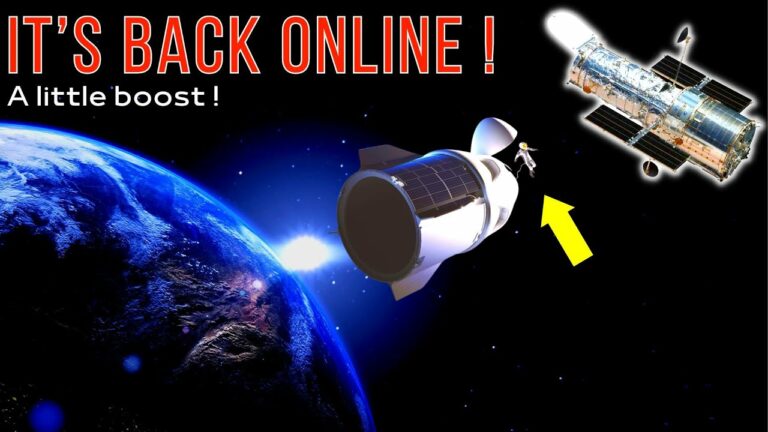The Hubble Challenge: It’s back in service after gyro scare—NASA is still studying reboost options.
The Hubble Space Telescope is one of the most renowned and influential astronomical observatories in history. Launched into low Earth orbit in 1990, the Hubble has provided stunning images and invaluable scientific data for over three decades. Named after astronomer Edwin Hubble, it’s a joint project between NASA and the European Space Agency (ESA).
Equipped with a 2.4-meter primary mirror, Hubble has captured breathtaking images of distant galaxies, nebulae, planets within our solar system, and other celestial objects. Its observations have significantly contributed to numerous scientific discoveries, including the expansion rate of the universe, the existence of supermassive black holes at the centers of galaxies, and the age of the universe.
Hubble’s capability to observe in multiple spectra, from ultraviolet to near-infrared, has allowed astronomers to explore the cosmos across a broad range of wavelengths, unveiling celestial phenomena that were previously unseen or poorly understood.
The telescope has undergone several servicing missions by space shuttles, which have upgraded its instruments and systems, extending its operational life. Hubble’s images have not only contributed to scientific knowledge but have also inspired people worldwide, fostering a greater appreciation for the vastness and beauty of the universe.
The Hubble Space Telescope is one of the most amazing scientific instruments ever built, but it has a problem. Its gyros, which help it point at different targets in the sky, have been failing and causing it to shut down. NASA is trying to fix it, but there might be another way: a private servicing mission, funded by investors and carried out by NASA and SpaceX.
We explores the idea of this mission, its benefits, risks, and challenges, and how it could save the Hubble and its legacy.
Do not forget to share your opinion with us to provide you with the best posts !




0 Comments